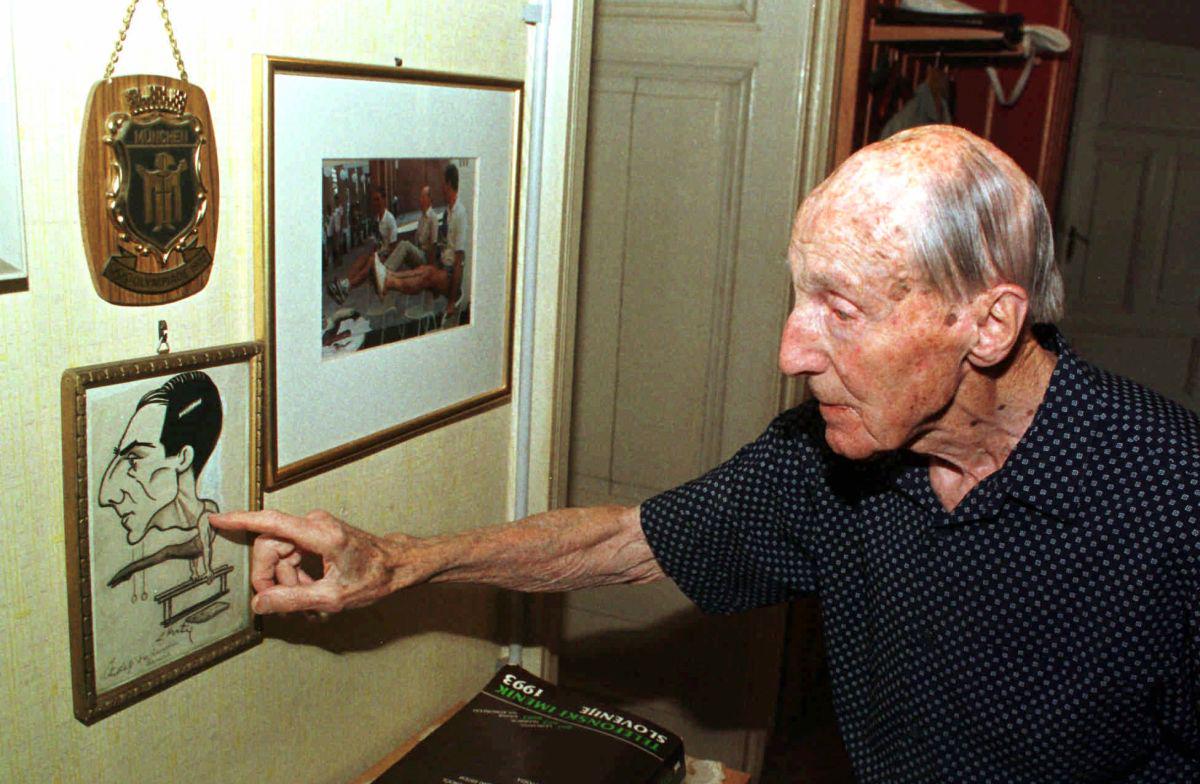
I interviewed the literary histortian Marijan Dović last month, for the Številke podcast. Dović introduced the concept of cultural saints in his inspired work Prešeren by Prešeren. In his more than 300 page long monography, he described the important role of artists during the national uprising in the 19th century.
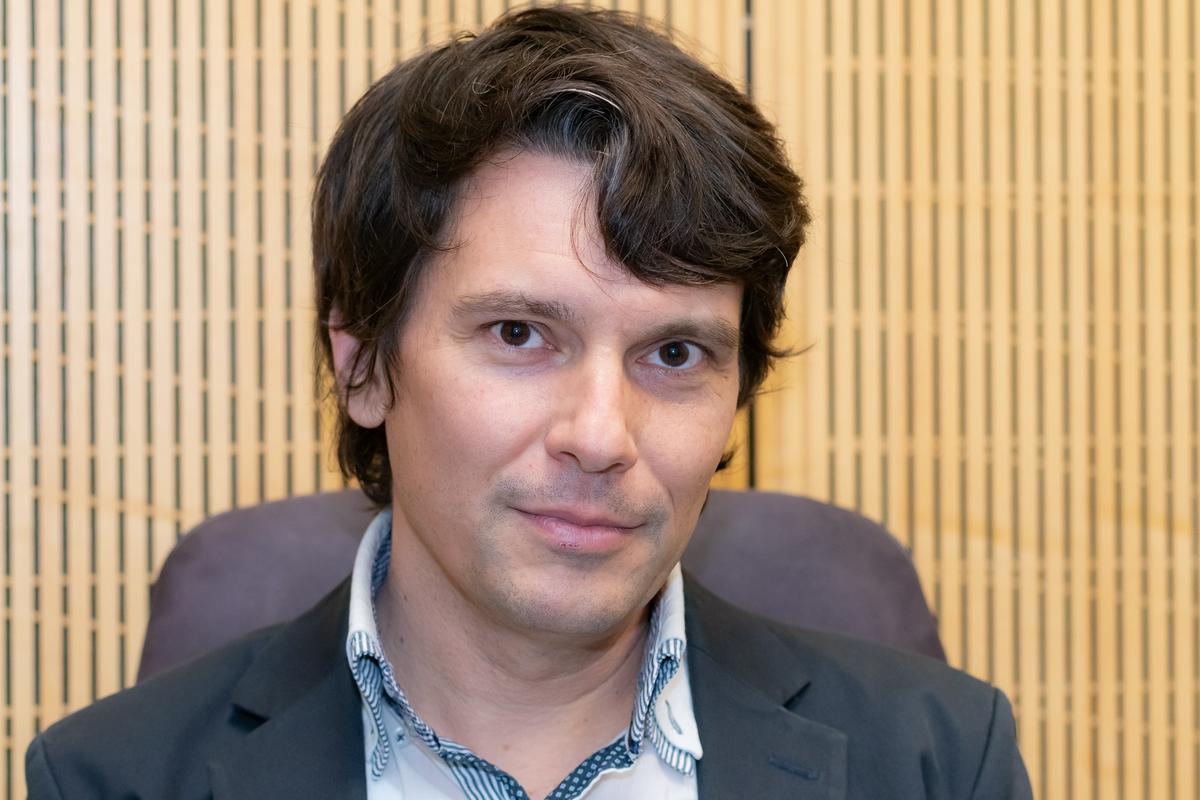
We also touched upon the comparison of sport and culture. One of the more interesting differences is the (in)alternation of both. When an athlete finishes their career, the story of their legacy is sealed. All their numbers are set in stone, their achievements accounted for. In culture, time has a magical power. It can move mountains. Just think of France Prešeren and Jovan Vesel Koseski. Their status and value changed dramatically after their death. I thought about the concept of sports saints for a split second. “Do we really want to watch a 40 year old race with Niki Lauda? Or Primož Ulaga's ski jumps in Planica? We drag these events out from under their rocks, but they do not get a new lease of life. Artists leave a different kind of trail. Their opus, their work has a life of its own,” Dovič answered and stopped my thought in its tracks.
But then I ran into a book entitled This Is Water and other essays by David Foster Wallace (1). In 2006 he wrote of Roger Federer, '… if you've never seen the young man play live, and then do, in person, on the sacred grass of Wimbledon, through the literally withering heat and then wind and rain of the '06 fortnight, then you are apt to have what one of the tournament's press bus drivers describes as a ‘bloody near-religious experience’.”
‘Bloody near-religious experience!’
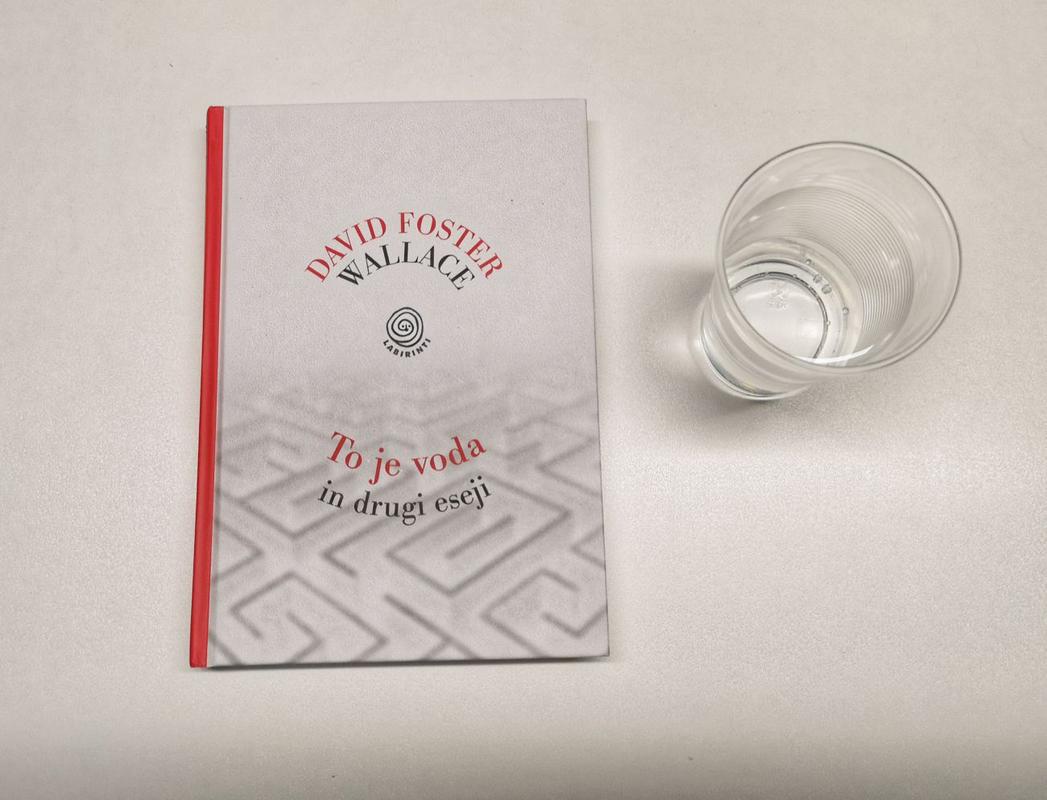
This association flung the door to finding the concept of sports saints wide open. I checked Prešesen by Prešeren, in it Dović's schematical definition, and tried to find an example of a sport saint. Again, to reiterate, this is basically a mind exercise. I'd need a lot more column inches to build a theory as the differences of the origins are massive. Prešeren became a cultural saint due to the National Uprising. When this movement reached its peak at the beginning of the previous century, elite, professional sport was still in its infancy. Still, I didn't have to think too long, to come up with an adequate candidate. Leon Štukelj.
Dović states many factors in his definition, but I will lean just on the ones that could have parallels between cultural and sports saints.
Recognizable, strong, charismatic personality? √
Breakthrough, innovation? √
Monuments? √ (x 6)
Memorials? √ (Sports halls, museum, streets, squares ...)
Commemorations? √ (Days of Štuklelj, various awards bearing his name ...)

His cult grew especially toward the end of his life, after Slovenia's independence and his joyful steps at the opening of the Atlanta Olympics. That was the moment many Slovenians discovered him as a man who embodied the concept of a healthy mind in a healthy body.
And that’s actually the point of this article. Dović is right when he says that the works of the finest artists are eternal. They overcome the dimension of time and are still apt long after the artist has died. After a hundred years, it probably doesn't make sense to celebrate Štukelj's gymnastic elements. Artists really do have an advantage in this aspect. But athletes have become symbols in the last century. Story makers. Message carriers. Of course, they work mostly for themselves (doesn’t that apply to artists as well?), but that doesn’t change the fact athletes don’t become something more.
It doesn’t even matter if we use the term saint, symbol, or perhaps a third option. It is essential that a person touches people, and this undoubtedly applies to Leon Štukelj. When we remember the great gymnast and share his plaques and signs, we don't think of his elements with which he impressed judges and spectators a century ago, but his ethics, discipline, determination, his sense of honesty and much more.
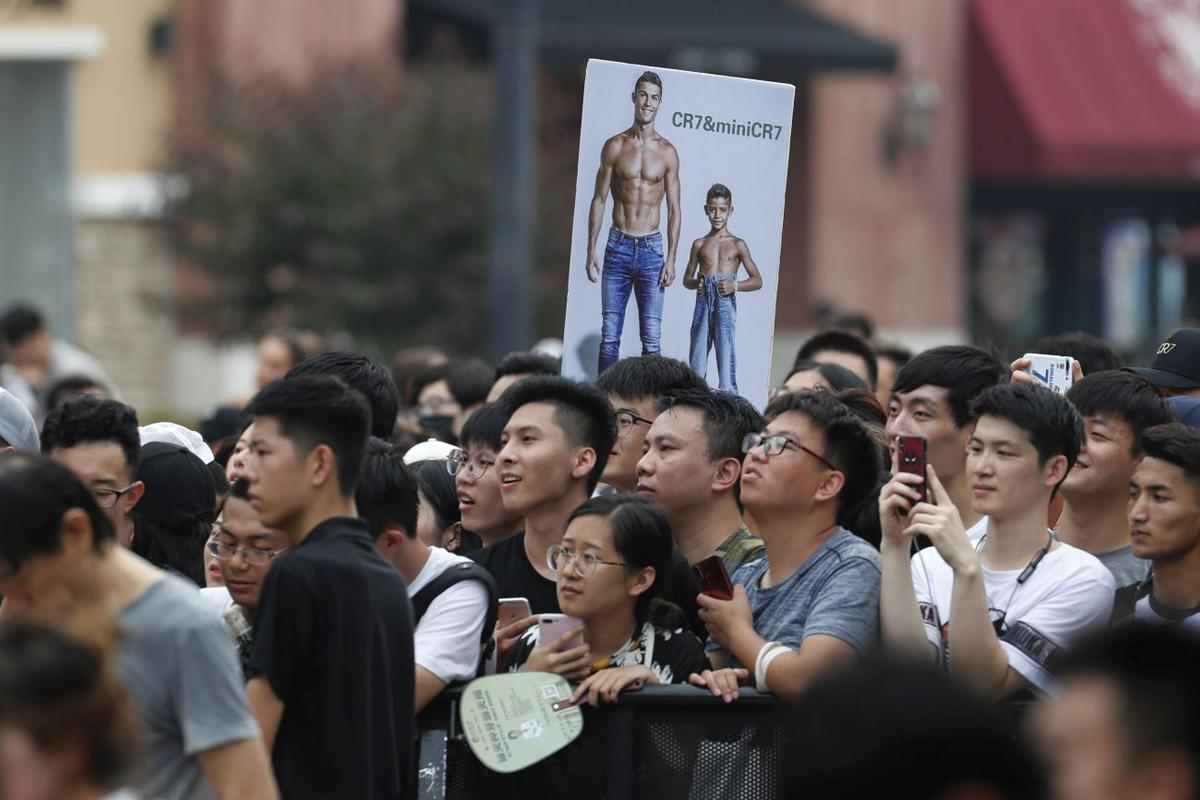
Athletes are without a doubt all of the above. Štukelj can't check all the boxes. For example, concerning transgressions, the accumulation of sins. Dović classified 'human errors' in the category of persona. With Prešeren, for example, he cites problems with alcoholism and his illegitimate children. It was because of these transgressions that I even remembered the aforementioned Cristiano Ronaldo in the first paragraph (accusation of rape). And concerning the biggest stars and saints in sport. It is not uncommon for such a status to be attributed to them in some way. Just think of all the charities they run, helping to improve the lives of many of those in need. Yes, sport too has this overriding power!
PS: And speaking of both Slovenian giants from this article. They are connected by something else – Julija Primič. The young woman was Prešeren's inspiration. She later lived in Novo mesto, where she is also buried. Leon Štukelj was the guardian of her grave for a time.
(1) - David Foster Wallace is known for his many penetrating essays, his style is extremely varied and rich, his thoughts often branching out in footnotes.





















































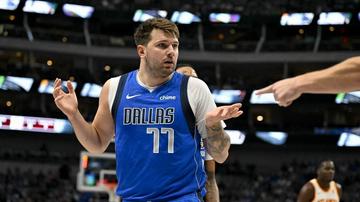
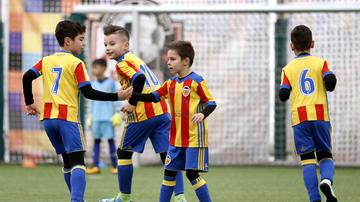












Komentarji so trenutno privzeto izklopljeni. V nastavitvah si jih lahko omogočite. Za prikaz možnosti nastavitev kliknite na ikono vašega profila v zgornjem desnem kotu zaslona.
Prikaži komentarje